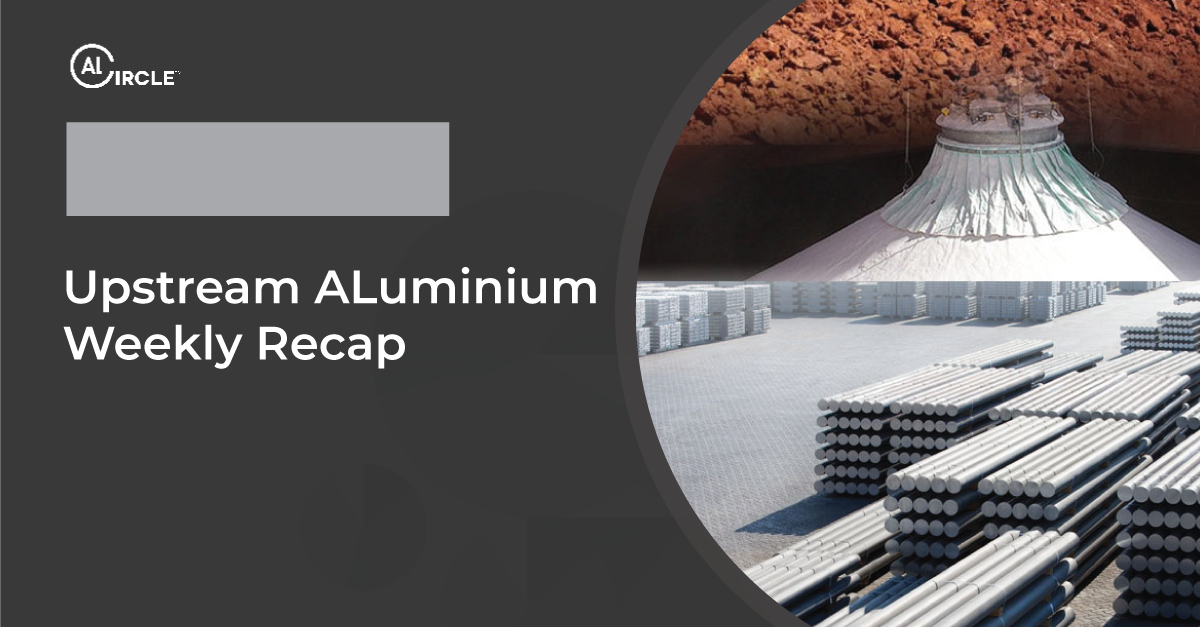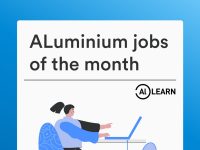The upstream aluminium market kicked off the week with a mix of strong earnings, operational challenges, and strategic resilience across major players. India’s state-run NALCO delivered a stellar start to FY26, posting a 77 per cent year-on-year surge in Q1 profit on the back of buoyant demand, cost efficiencies, and robust exports. Hindalco also reported a 30 per cent jump in consolidated net profit, with both upstream and downstream segments in India firing on all cylinders despite softer aluminium prices. On the flip side, Century Aluminum slipped into a Q2 loss, weighed down by one-off costs and operational setbacks, even as shipments held steady. Together, these developments paint a dynamic picture of an upstream sector balancing growth momentum with operational realities in a shifting global market.

Since June 4, 2025, the 50 per cent US tariff on Canadian aluminium has significantly raised costs for Canadian producers, who supply nearly half of the aluminium consumed in the US. The steep duties have fuelled price inflation across supply chains, disrupted supplies, and placed about 8,700 direct Canadian aluminium production jobs at risk. At the Port of Oswego, importers are leveraging its Foreign Trade Zone (FTZ) designation granted in 2023 to cushion the impact. Click here to read more.
Century Aluminum Company, a leading global primary aluminium producer, will restart more than 50,000 tonnes of idled capacity at its Mt. Holly smelter in South Carolina. Backed by an investment of around USD 50 million, the expansion is expected to create over 100 jobs and bring the plant to full capacity by June 30, 2026, marking its first time producing at 100 per cent in more than a decade. Currently operating at 75 per cent capacity, the restart will lift total US aluminium output by nearly 10 per cent. Click here to read more.
Across industries, a robust logistics network is the backbone of seamless transportation. Vedanta Aluminium, India’s largest aluminium producer, has embraced this reality by building an advanced logistics ecosystem that moved over 55 million tonnes of cargo in FY2025. Operating primarily across Odisha, Chhattisgarh, and Andhra Pradesh, the network stands out for its scale, precision, and strong commitment to sustainable practices. Click here to read more.
The Trump administration’s aluminium tariffs introduced at 25 per cent in March 2025 and raised to 50 per cent by June have disrupted global aluminium trade, straining supply chains and reshaping industry dynamics. Leading producers such as Alcoa, Rio Tinto, Rusal, Chalco, and Hindalco Industries have faced steep costs. Alcoa reported USD 115 million in tariff-related expenses in Q2 2025 alone, while Rio Tinto suffered losses of over USD 300 million in just six months, largely due to the hit on Canadian exports to the US. Click here to read more.
Novelis, the US-based aluminium producer, posted softer results for the first quarter of FY2026, ended June 30, 2025, as higher scrap costs and tariff pressures outweighed modest volume gains. Net income attributable to common shareholders fell 36 per cent to USD 96 million from USD 151 million a year earlier, driven by restructuring charges and weaker operating performance, partially offset by favourable metal price lag. Adjusted EBITDA declined 17 per cent year-on-year to USD 416 million from USD 500 million, while rolled product shipments inched up 1 per cent to 963 kilotonnes. Click here to read more.
The official justification centres on two strategic goals: reviving domestic smelting capacity and reducing reliance on imports both areas where aluminium is a clear concern. Over the past three decades, US primary aluminium output has plunged 80 per cent, from 3.35 million tonnes in 1995 to just 675,600 tonnes in 2024. To bridge the gap, import dependence has soared, with the country bringing in 3.6 million tonnes of crude aluminium last year alone.
Despite possessing vast natural gas reserves, Australia is now facing not one, but two energy crises—one on the east coast and another threatening Western Australia. Amid this turmoil, Nationals Senator Matt Canavan took a jab at Rio Tinto’s green energy strategy, sarcastically claiming it had left the company’s Tomago aluminium smelter, one of the country’s largest struggling.
Mid-2025 presents a mixed picture for Japan’s aluminium market, with inventories steadily dropping despite rising imports. This trend indicates a tightening supply, influenced by shifting trade flows, changing demand patterns, and broader economic factors. By July 2025, Marubeni Corp., a major Japanese trading house, reported a 0.4 per cent decline in aluminium inventories across the country’s three main ports Yokohama, Nagoya, and Osaka falling to 315,400 tonnes.
Choil Aluminum, the first company in Korea to produce aluminium semi-fabrication products, has seen its stock surge by 100 per cent over the past five years. In the previous year, the stock price rose by 11 per cent. The company has demonstrated impressive earnings growth, with an average annual increase of 56.3 per cent, significantly outpacing the Metals and Mining industry’s 5.7 per cent growth. Revenues have expanded at a steady rate of 8.5 per cent per year. Additionally, Choil Aluminum reported a return on equity of 8.1 per cent and net profit margins of 3.3 per cent.














